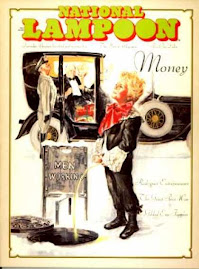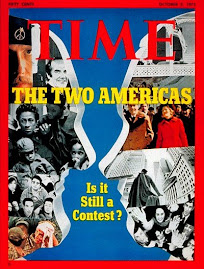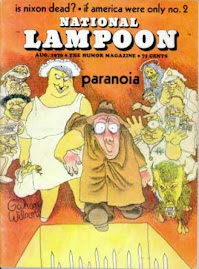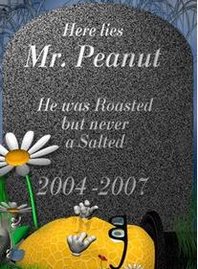Two Jobs For Everybody And A Pot To Piss In!!!

"This is the golden age of capitalism. The wealth is more expansive and deeper than in the past – not four hundred or a thousand rich, but tens of thousands."
Leonard Riggio
Head of Barnes & Noble
Son on NYC cab driver
"America excites an admiration which must be felt upon the spot to be understood. The hopefulness of her people communicates itself to one who moves among them, and makes him perceive that the graver faults of politics may be far less dangerous there than they would be in Europe. A hundred times in writing this book have I been disheartened by the facts I was stating; a hundred times has the recollection of the abounding strength and vitality of the nation chased away these tremors."
Lord Bryce
"The American Commonwealth"
"Right now we have an unemployment rate of 5% and headline inflation topping 4%. We have economic growth of 0.6%, extremely low consumer confidence and weakening consumer spending, small business optimism at a 28-year low, and of course a housing market that is showing declines in excess of 20% in some parts of the country.
These are hardly statistics to celebrate, but they are a far cry from the crises of the 20th century. Next time someone compares the present to the Great Depression, stop them. Between 1929 and 1932, the Dow Jones index went to 41.22 from 380.33, a decline of 89%. Today's hang-wringing about a 20% decline in the major indices (much of it since recouped) doesn't come close.
The unemployment rate in 1933 was 24.9%; seven years later, after the intensive efforts of the New Deal, it stood at 14.6%. Even adjusting for changed methodology since then, today's jobless situation hardly compares. While the recent collapse of Bear Stearns shocked Wall Street, in 1933 alone 4,000 banks failed, and millions not only lost their homes but were rendered homeless.
It is also common today to hear comparisons to the stagflation and grim economy of the 1970s. Here too perspective is in order.
For all the present talk of volatility, in 1973 and 1974 the economy expanded 10% in the first quarter of 1973, contracted 2.1% in the third quarter, went up 3.9% in the fourth quarter, went down 3.4% in the first quarter of 1974, then up 1.2% in the second quarter – continuing like a bouncing ball for another year.
The unemployment rate went from 4.9% in 1973 to 8.5% in 1977, and then nearly broke 10% in 1982. Meanwhile the stock market went from 1067 in January 1973 to 570 in December 1974, a drop of 46%. And there was double-digit inflation and a sharp rise in the price of oil, which represented a higher percentage of consumer spending than today."
Zachary Karabell
Who Stole The American Spirit
Read more @ Wall Street Journal.



























No comments:
Post a Comment